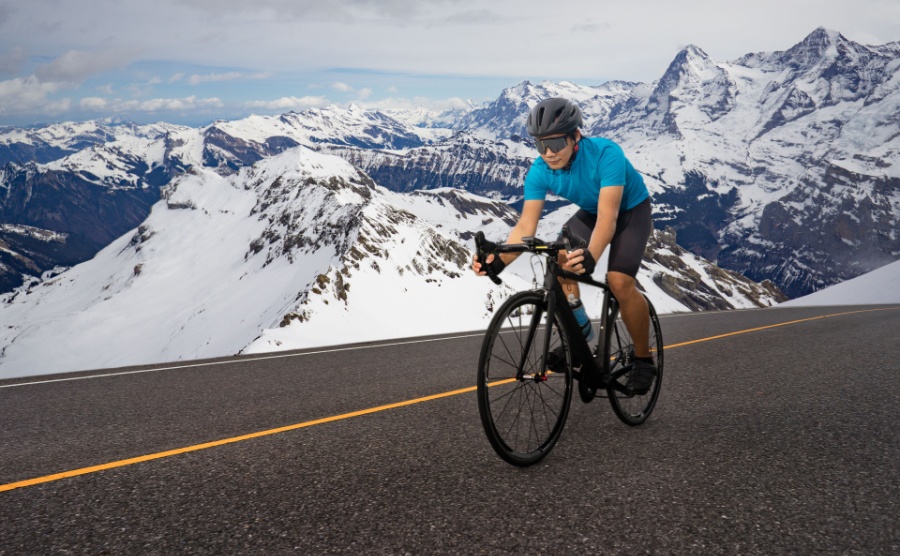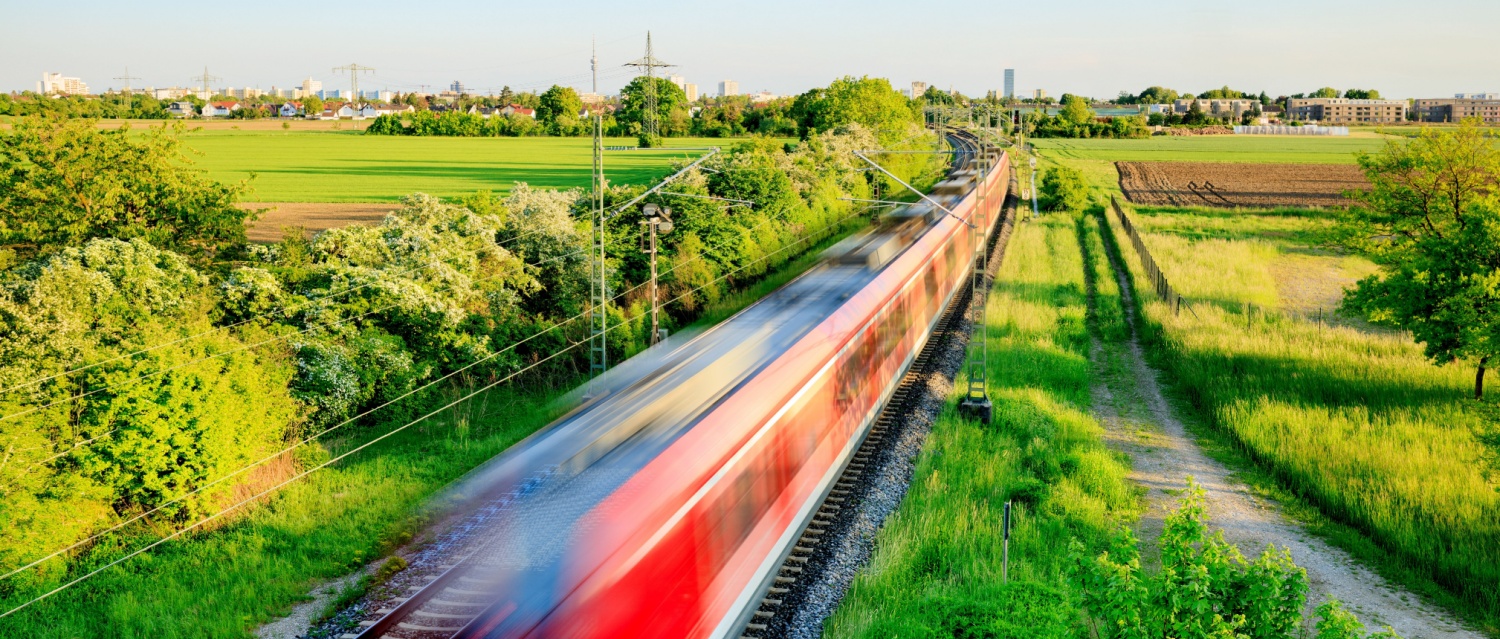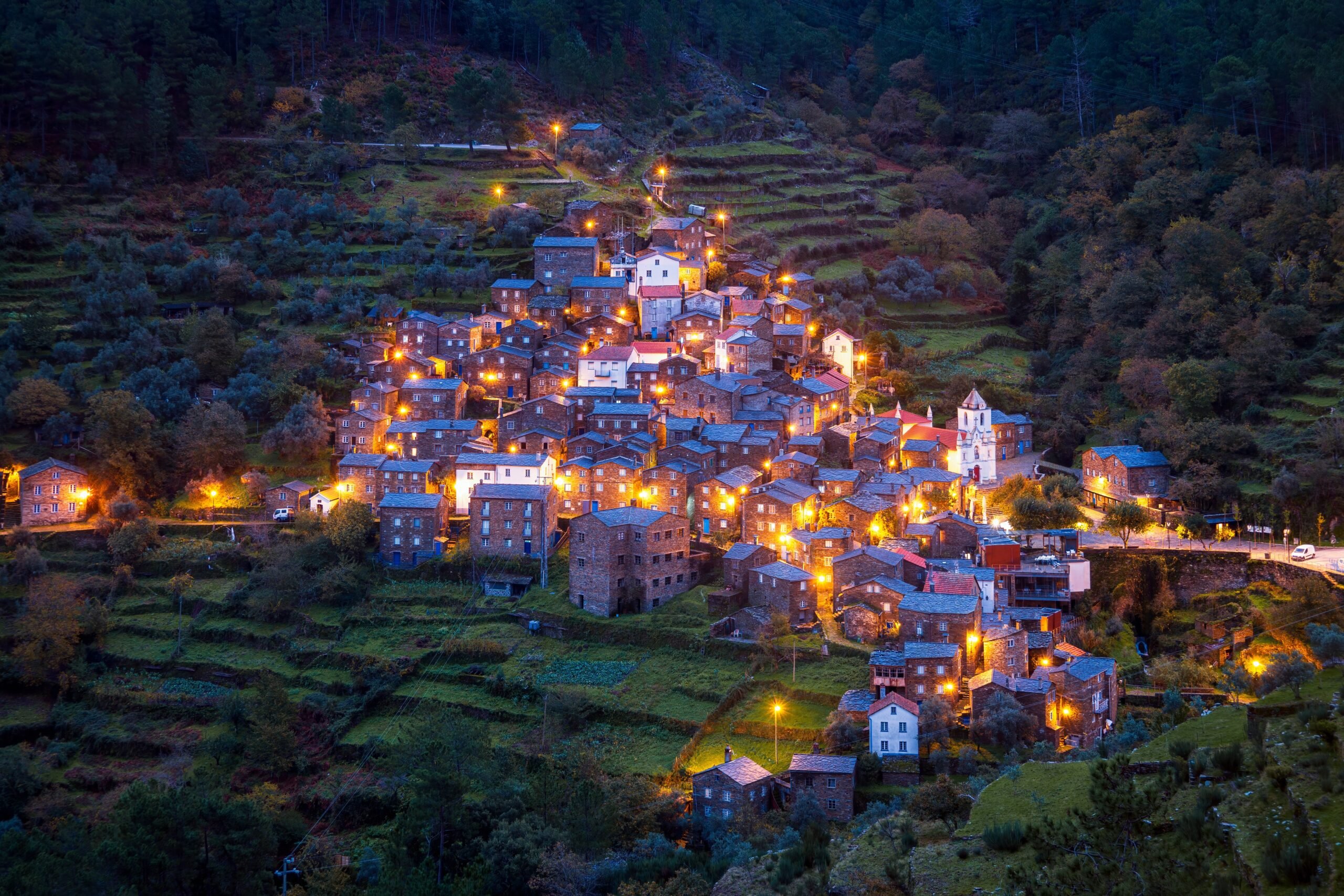France’s Alpine resorts may be famous for winter sports, but during the warmer months new tourist opportunities are emerging. One of the most exciting is the rise of road cycling–fuelling demand in the summer season. Thanks to seasonal closures of mountain roads to cars, known as Cols réservés aux cyclistes, cyclists now enjoy uninterrupted access to some of France’s highest and most scenic climbs. These car-free experiences are drawing thousands of riders from across Europe and beyond.
For second homeowners or those considering an Alpine investment, this growing trend offers a valuable opportunity. With small revisions to your property and its advertising, you could attract enthusiastic summer cyclists and create reliable off-season income.
Contents
- What are “Cols réservés” and why do they matter to property owners?
- Understanding the summer cyclist
- Make your home cyclist-friendly
- Refresh your property listing for the summer season
- Emerging cycling hotspots beyond the Alps
- Creating year-round appeal for better returns

What are “Cols réservés” and why do they matter to property owners?
Between late June and early October, France temporarily closes selected mountain roads to motor traffic so that cyclists can enjoy them in peace and safety. These closures – usually lasting from early morning until midday – are known as Cols réservés aux cyclistes, or “passes reserved for cyclists”. They form part of wider initiatives led by local tourism boards and cycling federations to promote active tourism in the mountains.
Iconic climbs such as the Col du Galibier, Col de Joux Plane and Col de l’Izoard are regularly included in the schemes, attracting riders keen to train where Tour de France legends have raced.
Unlike ski tourism, which is compressed into a few peak weeks, summer cycling brings slower, steadier flows of visitors, often with repeat bookings across July, August and even early autumn. For property owners, that translates into more weeks of potential rental income and reduced seasonal volatility. If your home sits within 30 minutes of one of these featured routes, you could market it as a prime base for cycling holidays.
For a deep dive into ski property ownership, claim your complimentary copy of our How to Buy a Ski Property in France Guide:
Understanding the summer cyclist
Summer cyclists have different needs – and spending habits – than winter skiers. They often travel in small groups, such as cycling clubs or pairs of friends, and plan their trips around specific climbs or events. While they expect affordability, many are prepared to pay a premium for comfort, security and convenience.
These guests tend to stay longer than winter tourists – typically 5 to 10 nights rather than a long weekend. They focus on self-catering, preparation and recovery: a good kitchen, drying space and quiet surroundings can make a property much more desirable. Many return to the same region year after year, creating opportunities for loyalty and word-of-mouth recommendations.
Cyclists are also drawn to destinations that feel welcoming and practical. Features like safe bike storage, laundry facilities and supportive local services (such as bike hire shops or guided tours) make your home far more appealing to this crowd. Understand the mindset of this demographic and you’ll find it easier to adapt your home and maximise appeal.

Make your home cyclist-friendly
Turning your mountain property into a practical summer retreat doesn’t require major renovation. A few thoughtful upgrades can turn a winter chalet into a cyclist’s haven.
Start with secure bike storage. At minimum, guests will want to lock bikes indoors – or in a garage or shed. If those aren’t available, sturdy wall-mounted racks in a hallway or basement can offer a good solution. List this clearly as “secure storage” in marketing materials.
Next, help with maintenance. Provide a few cyclist basics: a repair stand, a track pump, inner tubes, tyre levers and a small toolkit. This shows you understand your guests’ priorities. A hose or outdoor tap with brushes also helps – you may not think of cleaning mud off a carbon frame, but your guests will.
Laundry is important too. Cyclists often wash their gear daily, so reliable machines and drying racks (either in the sun or inside) improve satisfaction. Think about flexible bedding – a configuration of twins or zip-joined doubles supports mixed groups or club trips.
Add some minor comfort upgrades if you haven’t already: black-out blinds for better rest, a large fridge for recovery food and an outdoor terrace for post-ride relaxation all boost your property’s summer appeal.
Refresh your property listing for the summer season
A listing that works in January may not perform in July. If you want to target summer cyclists, you’ll need to revise your property’s online description, imagery and keyword focus.
Update your headline and summary to include key terms such as “ideal for cyclists”, “bike-friendly base” or “close to Col de la Bonette”. These phrases help your property appear in relevant searches and niche booking platforms.
Swap out images of snowy rooftops and log fires for shots that highlight what summer guests care about – green meadows, bike storage areas, sun-drenched courtyards or mountain views. Include photos of any local cycling events or nearby cafés popular with riders.
Be clear in the description about your cycling-related facilities. Mention distances to local passes, routes or towns known for bike hire or club rides. Even stating, “15km from the Col de l’Izoard via route D902” can be persuasive.
Don’t forget to list summer-centric features like BBQs, terraces or cold storage – the additions that matter to warm-weather guests. Keep your tone practical, informative and relevant to cycling culture.
Emerging cycling hotspots beyond the Alps
While the Alps remain the most recognised cycling region in France, the popularity of car-free climbing roads is spreading. Areas like the Massif Central, Vercors, Jura and the Pyrenees are becoming increasingly attractive for both amateur sports tourism and affordable property access.
Regions such as Haute-Loire or Ardèche offer stunning landscapes, less traffic and far lower home prices. In many cases, villages there still lie within reach of Cols réservés schemes or new local climbing initiatives.
If you’re still at the buying stage, these “shoulder resorts” present a good mix of year-round interest and long-term value. Property prices in these areas can be up to 50% lower than in well-known Alpine areas like Les Gets or Méribel.
Plus, reduced tourist infrastructure often means lower annual taxes, no ski lift charges and a slower, more relaxed atmosphere. All these appeal to the types of travellers finding their way into France’s summer mountains – especially those with bikes in tow.
Creating year-round appeal for better returns
Making your home suitable for both winter skiers and summer cyclists is no longer optional – it’s essential for owners who want consistent bookings and improved rental yield.
The work involved is minimal compared to the gains: repositioning your online listing, developing partnerships with local bike shops or guides, and equipping the home for sporty guests can all pay off over time.
Cycling tourism is growing – and the more accessible it becomes through vehicle restrictions and infrastructure investment, the more it will shape demand across multiple French regions. By preparing your ski property for the next wave of summer interest, you’ll have more income, more bookings and more long-term value.
Get support from local experts
Still wondering which regions offer the best summer potential, or how to upgrade your home for dual-season appeal? Book a free consultation with a property consultant at Your Overseas Home. We’ll help you target up-and-coming areas, connect you with approved partners and make sure your investment works from snow season to cycling season.









